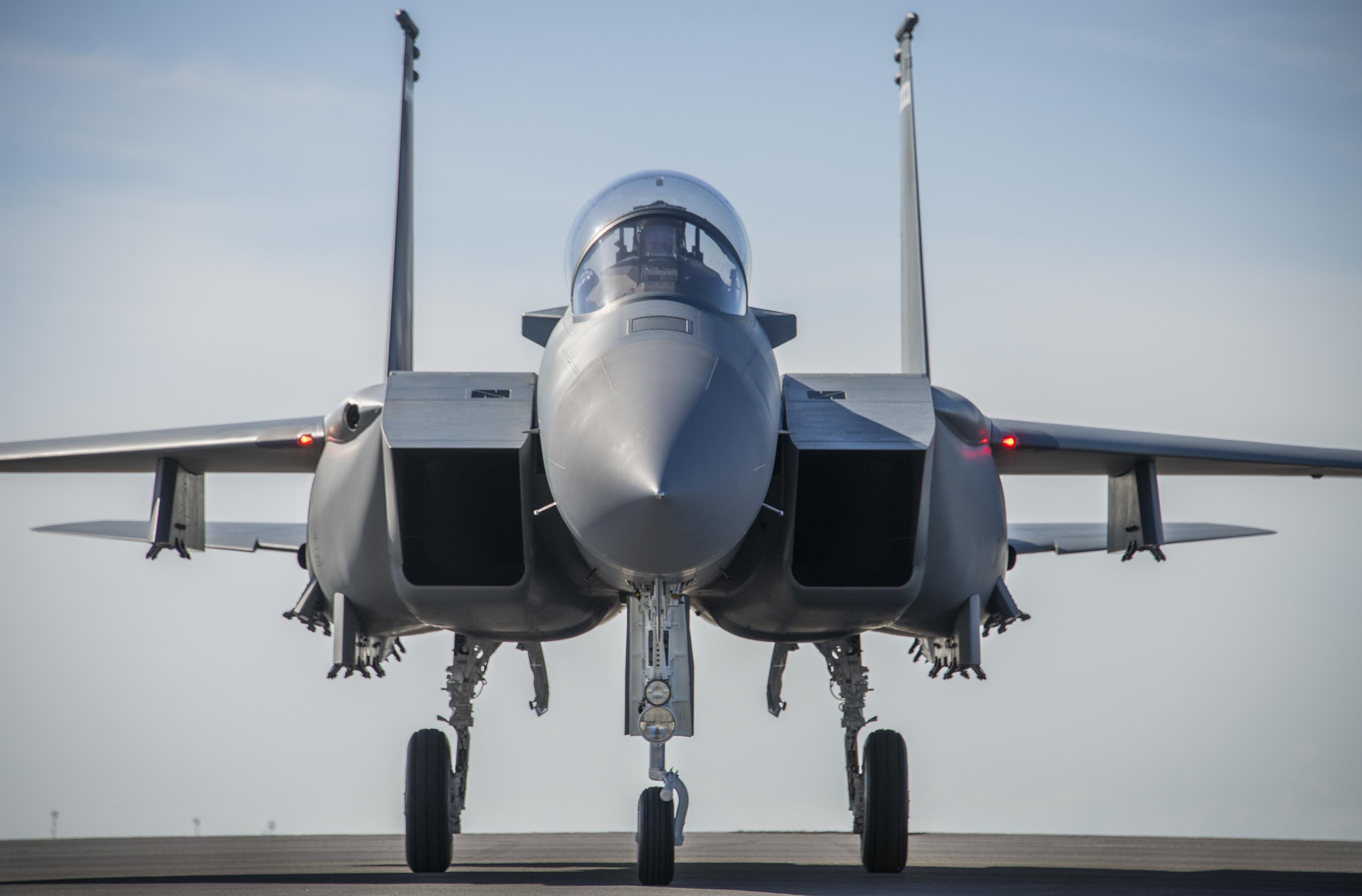
U.S. military officials rolled out plans to spend $61.1 billion on aircraft and related systems in fiscal 2024, opening an at least month's long negotiation with lawmakers over the final appropriations package.
History suggests the military aviation program outlined by defense officials on March 13 is unlikely to survive the appropriations process intact, although lawmakers are usually more generous than the executive branch in the yearly spending bills. Last year, the Defense Department submitted a budget proposal with funding to buy 294 aircraft combined. Congress finally passed a fiscal 2023 spending bill in December with 345 aircraft included, or 17% more than the Pentagon requested.
In fiscal 2024, the Pentagon has asked to buy a diverse mix of 270 aircraft, ranging from nearly $700 million B-21 stealth bombers for the U.S. Air Force to twin-engine King Air 200-derived trainers for the U.S. Navy. By opening negotiations with 22 fewer overall aircraft than in the fiscal 2023 request, Congress will have to be unusually generous to match last year’s procurement total, much less the four-year average of 374 aircraft procured from fiscal 2020-2023.
The budget proposal includes only a couple of unexpected twists in procurement, including an extra 24 Boeing F-15EX fighters only a year after Air Force leaders sought to cancel the program. The additional batch of Eagle IIs will add a fourth squadron to the 80 F-15EXs acquired from fiscal 2000 to 2023, giving the Air Force a new option to replace the F-15C/Ds being retired from Kadena Air Base, Okinawa. At least four more squadrons—or 96 jets—would be required to replace a fleet of aging Air National Guard F-15C/Ds.
The Air Force similarly reversed its position last year to limit F-35A spending to only 29 jets in fiscal 2024. A year later, the actual proposal for next year seeks funding to buy 48 of the single-engine, Lockheed Martin stealth fighters. If development stays on track, Lockheed will deliver the Lot 16 F-35As ordered in fiscal 2024 with a significant electronic warfare upgrade, expanding the number of receivers onboard from 12 to 20 and installing a more powerful processor dedicated to eavesdropping and jamming tasks.
In other programs, military officials decided to be slightly stingier than they had planned a year ago. The Navy, for example, scrapped a plan last year to complete Northrop Grumman MQ-4C Triton deliveries with a request in fiscal 2024 for the last four. Instead, the Navy requested funding for only two high-altitude maritime surveillance aircraft, possibly in a bid to force Congress to add funding for the original four. In any case, the total of 20 MQ-4Cs bought through fiscal 2023 falls far short of the Navy’s program of record for 65 Tritons, setting up perhaps a long-term obligation for supportive lawmakers to intervene.
Similar dynamics may play out in several other programs zeroed out in the fiscal 2024 procurement plan, including Sikorsky HH-60Ws, Bell Boeing V-22s and Northrop Grumman E-2Ds.
